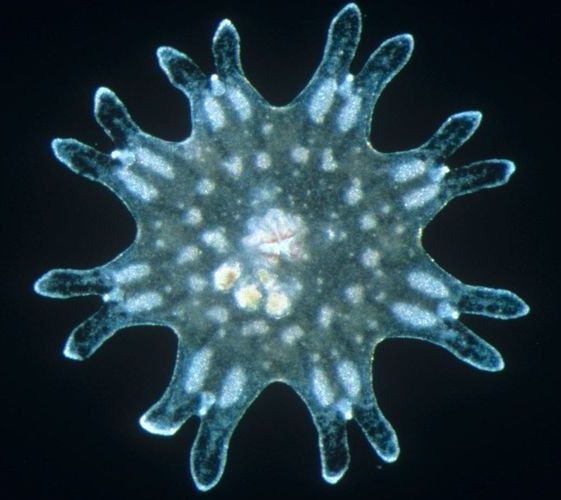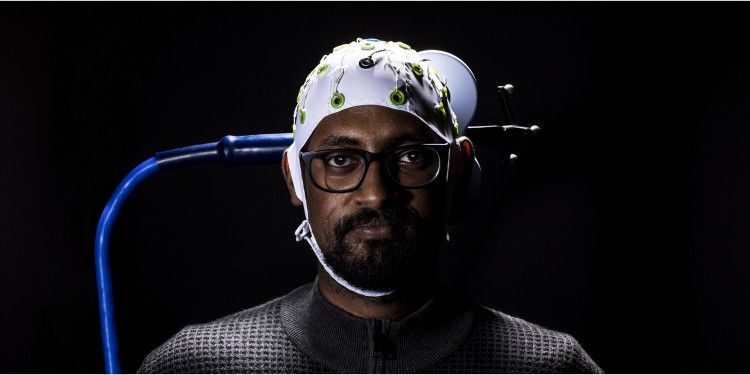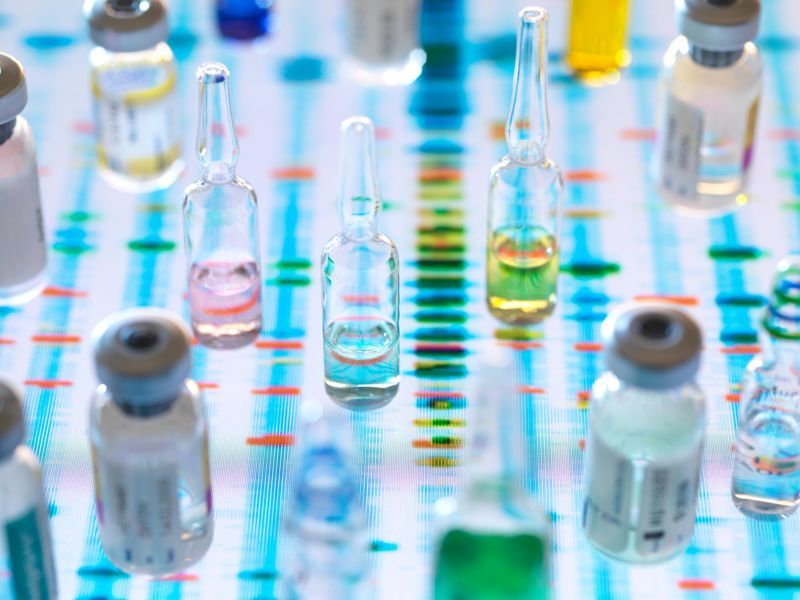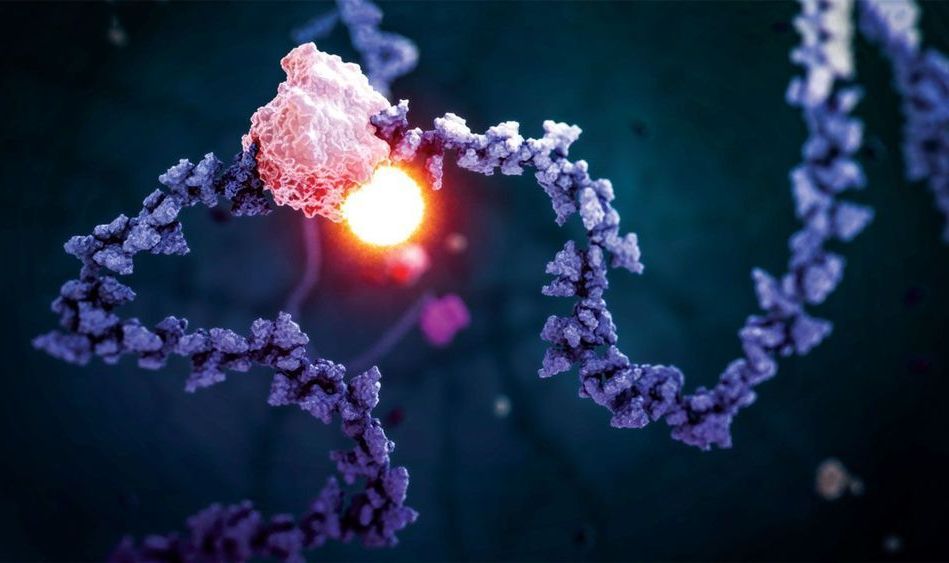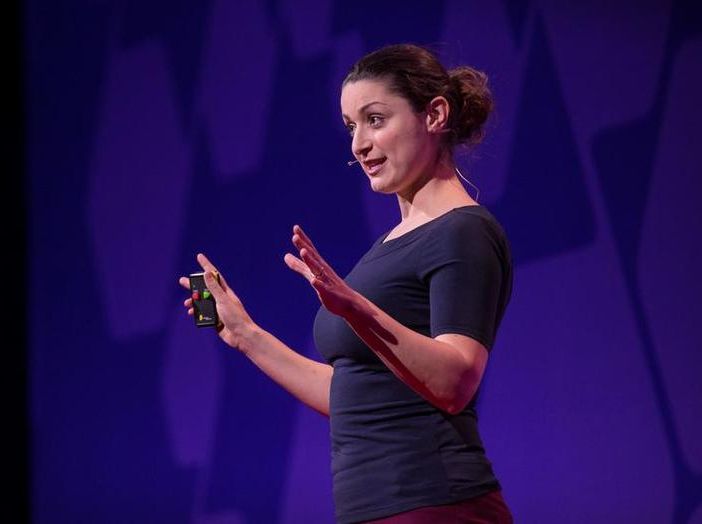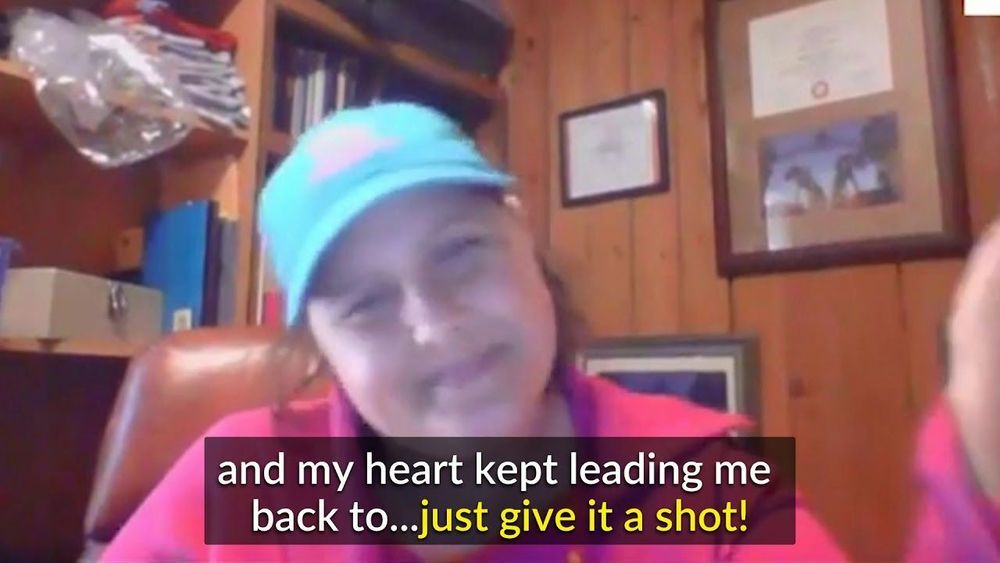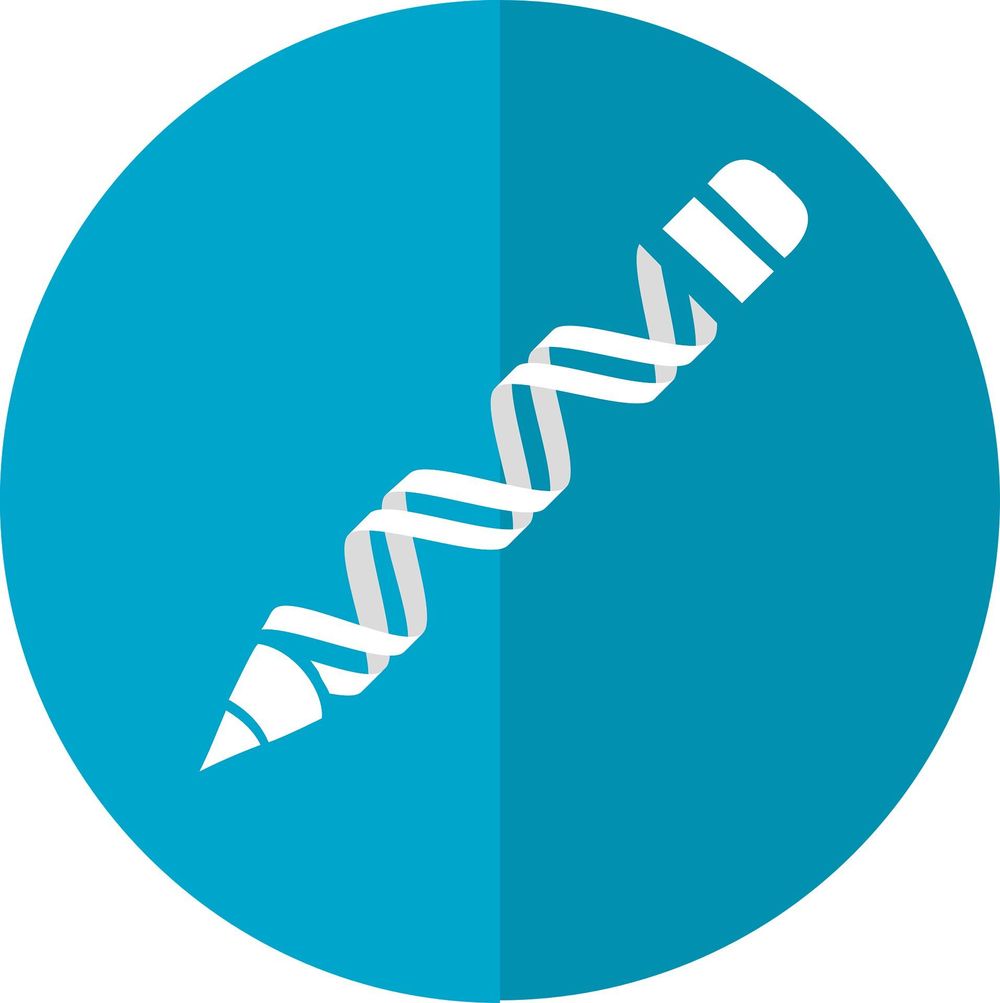Jul 2, 2019
This Jellyfish Robot Is Much More Than Just a Good Swimmer
Posted by Genevieve Klien in category: robotics/AI
You’d be hard-pressed to find more opposite opposites than jellyfish and robots. Jellyfish pump through the oceans with effortless grace, while robots struggle to not fall on their faces—and that’s when they’re not catching on fire.
Now, though, those two worlds are merging, with a tiny, exceedingly simple robot modeled after larval jellyfish that can scoot around untethered like the real thing. At less than a quarter inch across, the magnetically activated robot mimics the entrancing locomotion of a jellyfish and can use the resulting disruption of water flow to manipulate objects or burrow into the ground.
You’ve read your last complimentary article this month. To read the full article, SUBSCRIBE NOW. If you’re already a subscriber, please sign in and and verify your subscription.
